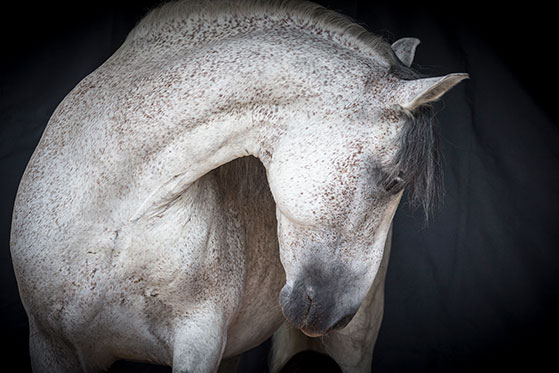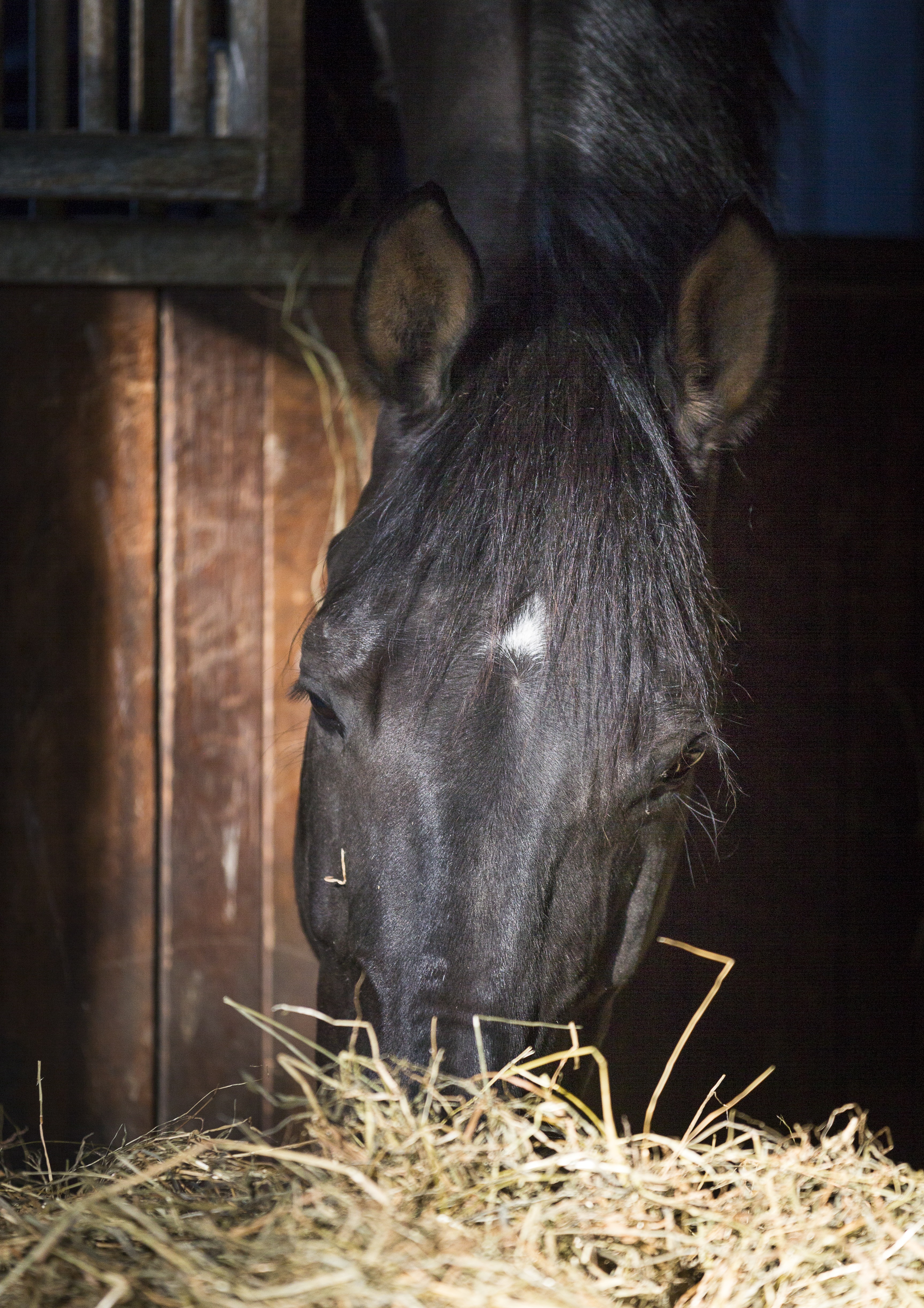No products
Welcome to the Lambey website
Select your country
Welcome to the Lambey website
Select your country
Blog Categories
Latest Posts
« To improve the success of the treatment and prevent relapses, it is important to introduce a tailored feeding and training plan.»

I belong to a generation of vets that has benefited from amazing technological advances resulting in improvements in not only the quality of our diagnoses but also the long-term care for equine gastric pathologies.
 |
Modern endoscopes allow us to diagnose with greater confidence, grade the lesions, monitor them and therefore ensure the efficacy of the treatment and preventive measures prescribed. The clinical signs can vary so greatly, or even be absent, that it is sometimes hard to suspect gastric ulcer syndrome. Good knowledge of the patient and the environment make it easier to detect subtle changes early, such as slight weight loss or a change in hair coat and quality. Ulcers should also be considered when diagnosing a fall in performance unexplained by any other condition, in particular anything affecting the locomotor or respiratory systems. |
Once the diagnosis is made, management involves not only medical treatment, which is easy to administer but remains expensive, but above all changes to the environment and diet.
|
Whenever possible, putting the animal to pasture is the best solution for giving fodder. Horses are “constant grazers” and their stomach empties approximately every twenty minutes; they therefore need regular access to fodder that is both appetising and not too coarse. I believe that giving sterilised or soaked hay, in a net or other device to regulate feeding rate, is a good alternative to grass when the paddock is not available In all cases, the fodder should be distributed at least twenty minutes before the concentrates in order to neutralise the stomach acid with saliva and reduce fermentation of the carbohydrates found in concentrates. |
 |
Using feed specially formulated for horses with sensitive stomachs is naturally advisable, and it is also important to avoid feeding just before or after work.
Finally, ensuring constant access to good quality, room temperature water is essential, because it not only helps dilute the stomach acids but also stimulates gastric emptying and intestinal motility.
The limiting factors for a diagnosis are:
The main limitation for treatment is usually financial, because the drugs are expensive and treatment can last a long time depending on the severity of the lesions
|
To improve the success of the treatment and prevent relapses, it is important to introduce a tailored feeding and training plan. The horse may need to rest for a period to allow the lesions to heal. Once recovered, all risk factors must be considered and minimised wherever possible. The best way to ensure early detection and prevention of this condition, which is all too common in working horses of all types, is to observe the animal closely and pay attention to even the most subtle changes. |